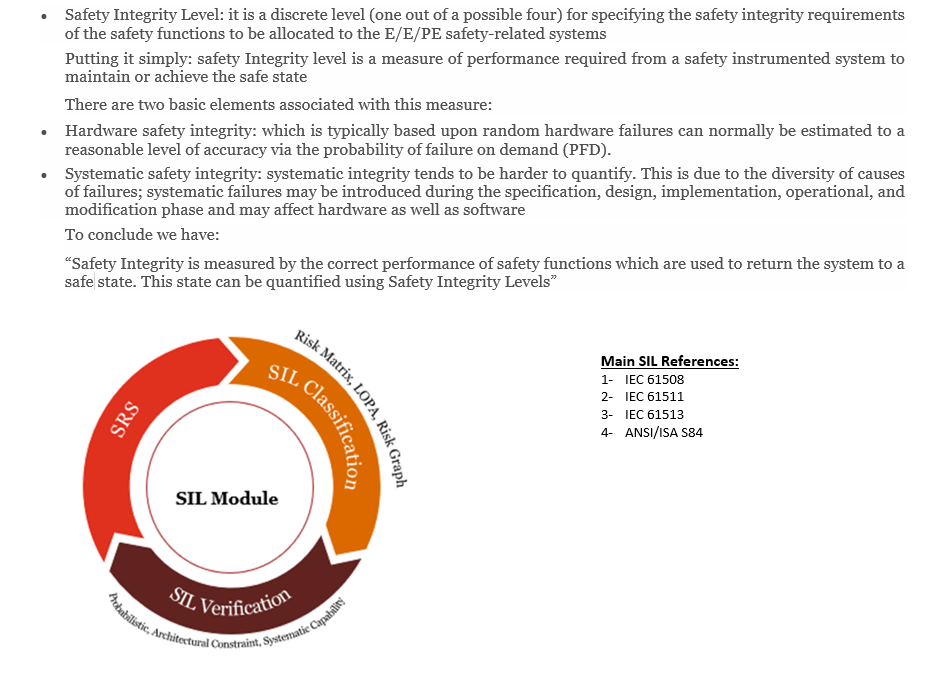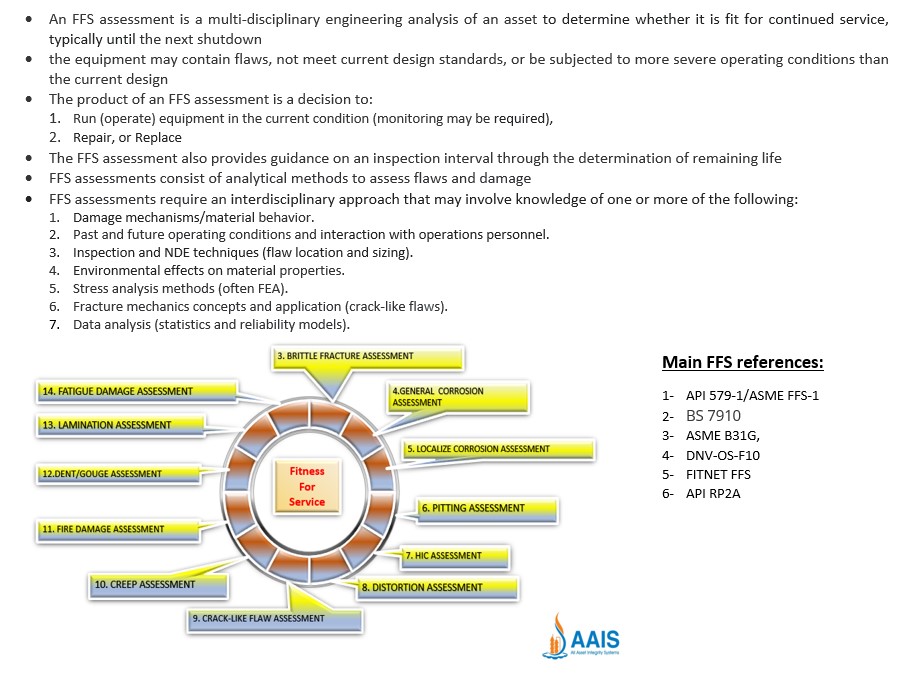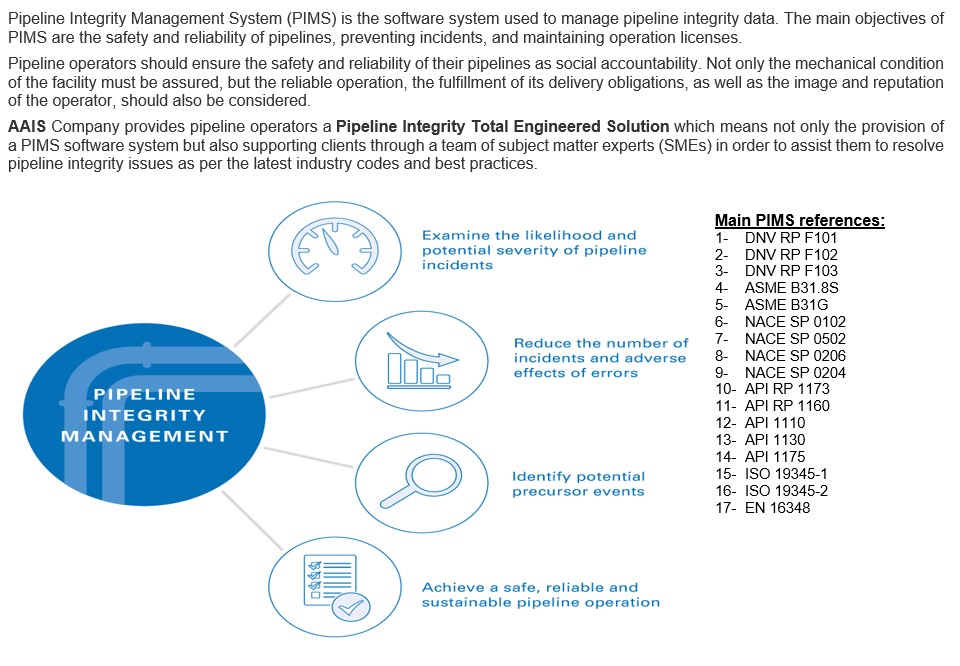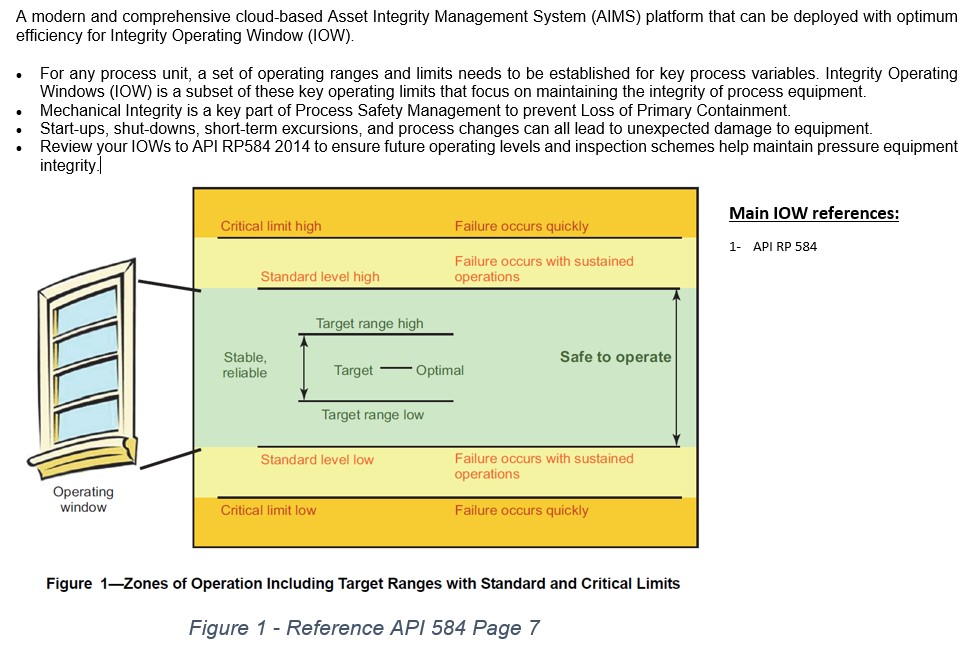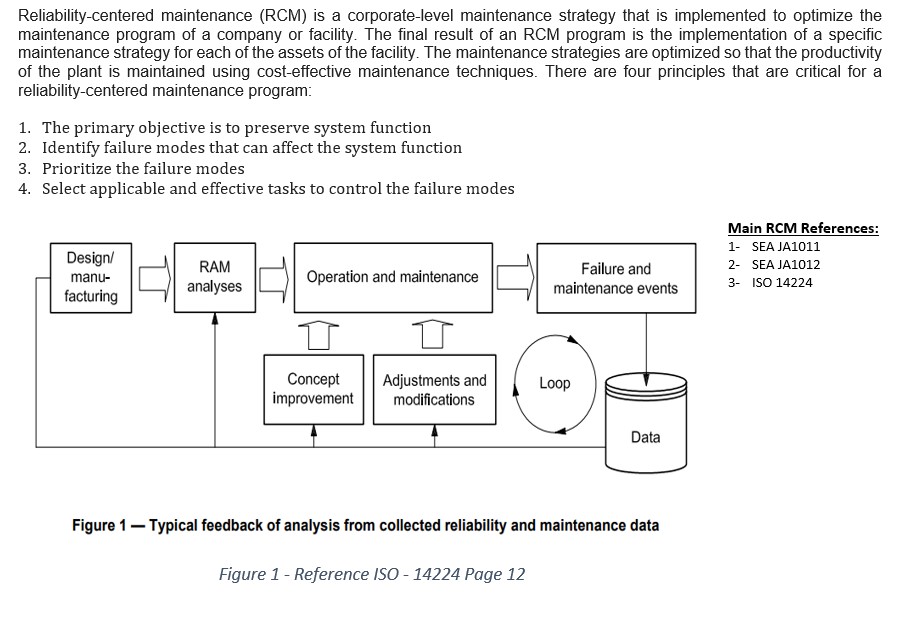NDT Level II Training Course
- Home
- Training Courses
- NDT Level II Training Course
- Brief
- Learning Objectives
- Mode of Delivery
- Training Timing
- Material Provided
- Certificate
- Who Should Attend?
- Group Discount (same company only)
- Pricing
- Course Outline
Brief
This course gives students an advanced understanding of the non-destructive and destructive assessment methods using different techniques. Level II personnel must be capable of supervising trainees and NDT Level I personnel. NDT Level II is also responsible for organizing and reporting the findings of nondestructive testing.
Technicians will be able to confidently set up equipment, calibrate that equipment for correct results, conduct inspections according to best practices and procedures, and more after completing NDT Level 2 training courses. They’ll also be able to comprehend, assess, and document the measurable signals they discover. NDT Level 2 will be able to demonstrate a thorough comprehension of all codes, standards, and other documents that ultimately determine how a specific NDT method will be applied in a given situation.
Learning Objectives
The course provides participants with the knowledge necessary to:
• Select equipment to conduct test
• Steps to conduct test
• Calibration
• Familiarize with codes and standards
• Interpret results with respect to applicable codes and standards
• Understand limitation of the test method
• Write test reports
Mode of Delivery
Training will be conducted via Microsoft Team Meeting. Meeting invites will be shared on the day before the first day of training.
Training Timing
Consecutive Saturdays at 09:00 AM to 03:00 PM GST
Material Provided
• Presentation Slides • Study References
Certificate
Upon successful completion of training, participants will receive a “Certified NDT Professional Level II” certificate.
Who Should Attend?
This course is designed for mechanical, metallurgical, civil, electrical, and other engineering professionals who are looking for a short-term professional training.
• High school Grade (12) or Diploma Engineer and having minimum of relevant work experience of 70 Hours
• Degree Engineer and experience is not mandatory.
Group Discount (same company only)
• 15% Discount for groups of 5 or more.
• 10% Discount for groups of 3-4.
Pricing
| Course | Price |
| NDT Level II 5 Methods | 3000 EGP |
| NDT Level II 5 Methods + PAUT & TOFD | 4000 EGP |
Course Outline
Section 1 - Ultrasonic Testing
- Introduction to Ultrasonic Testing
- Basic Principles of Acoustics
- Equipment
- Transducer Operation and Theory
- Basic Ultrasonic Testing Techniques
- Principles of Ultrasonic
- Equipment Calibration
- Evaluation of Base Material Product Forms
- Ultrasonic Testing Applications
- Phased Array (PAUT)
- Time of Flight Diffraction (TOFD)
- Guided Wave
- Evaluation Standards
Section 2 - Liquid Penetrant Testing
- Introduction to Liquid Penetrant Testing
- Liquid Penetrant Processing
- Liquid Penetrant Testing Methods
- Liquid Penetrant Testing Equipment
- Selection of Liquid Penetrant Testing Method
- Interpretation and Evaluation of Indications
- Liquid Penetrant Process Control
- Test Procedures and Standards
Section 3 - Visual Testing
- Introduction to Visual Testing
- Physics and Fundamentals of Visual Testing
- Visual Testing Techniques
- Basic Visual Testing Equipment
- Visual Testing of Welds
- Visual Testing of Castings and Wrought Products
- Visual Testing Procedures
- Elements of Vision
- Elements of Lighting
- Optics
- Advanced Visual Testing Equipment
- Service-Induced Discontinuities
- Evaluation
- Codes, Standards, and Specifications
Section 4 - Magnetic Particle Testing
- Principles of Magnetic Particle Testing
- Effects of Discontinuities on Materials
- Magnetization
- Principles of Demagnetization
- Equipment
- Discontinuities
- Magnetic Principles
- Flux Fields
- Magnetic Particles and Methods of Application
- Magnetization by Means of Electric Current
- Advanced Principles of Demagnetization
- Magnetic Particle Testing Equipment
- Types of Discontinuities
- Evaluation Techniques
- Quality Control
Section 5 - Radiographic Testing
- Introduction to Radiographic Testing
- Types and Sources of Radiation
- Radiation Safety
- Radiographic Testing Principles
- Radiographic Equipment
- Radiographic Film and Processing
- Radiographic Artifacts
- Radiographic Imaging and Viewing
- Radiographic Exposures
- Radiographic Techniques
- Specialized Radiographic Techniques
- Standards, Codes, and Procedures for Radiography
- Interpretation of Casting and Wrought Discontinuities
- Interpretation of Welding Discontinuities
- Digital and Computed Radiography
- Computed Tomography



